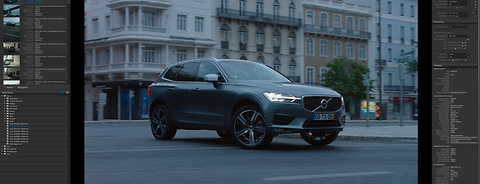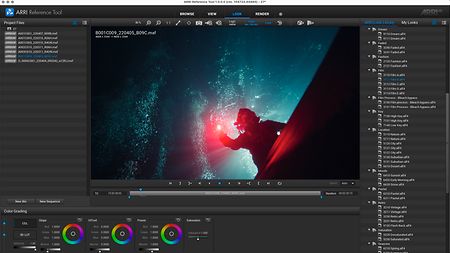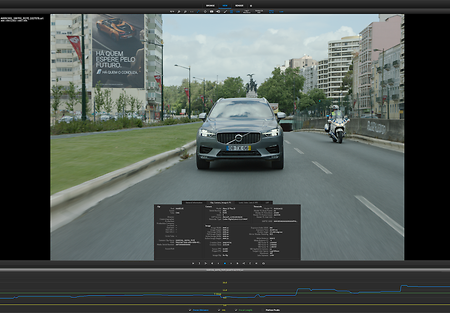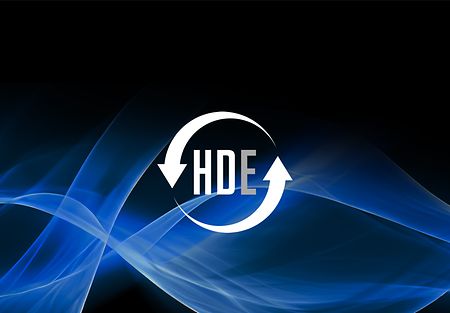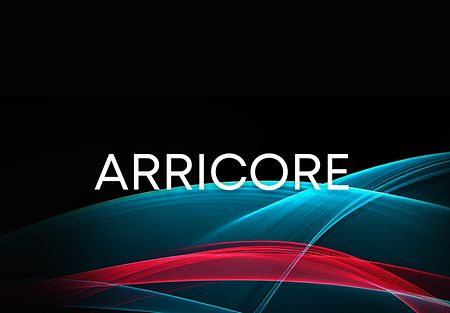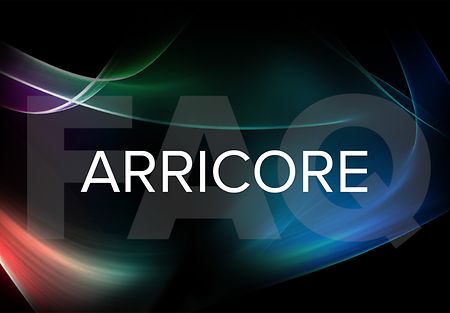What is ARRIRAW?
ARRIRAW is ARRI’s format for uncompressed, unencrypted, and uncompromised sensor data. It can be considered a digital version of the camera negative. ARRIRAW fully retains the camera's natural color response and great exposure latitude as unprocessed sensor data.
Like film negative, ARRIRAW data has to be developed – or rather processed. The processing step converts the sensor readout into a color image suitable for normal viewing. ARRIRAW conserves the originally recorded raw data for later use, providing the flexibility to go back and refine the results at any time. This makes ARRIRAW an ideal format for digital cinematography and high-quality visual effects production.
Our camera line-up supports in-camera recording of ARRIRAW or MXF/ARRIRAW data. MXF/ARRIRAW is ARRIRAW within a container format (*.mxf), allowing each clip to be contained in just one file, as opposed to several thousand files, because with the regular ARRIRAW format (*.ari) every single frame is a separate file.
Older ALEXA cameras (ALEXA Classic, ALEXA Plus/Plus 4:3, ALEXA M, and ALEXA Studio) require an ARRI-certified external ARRIRAW recorder which understands the T-Link signal.
